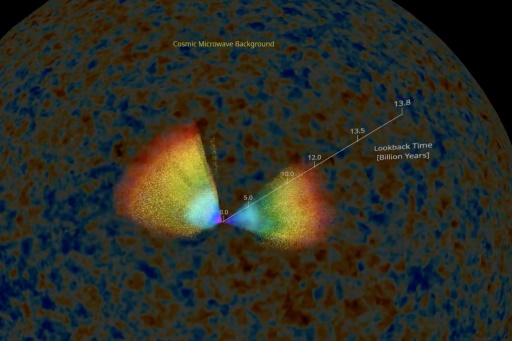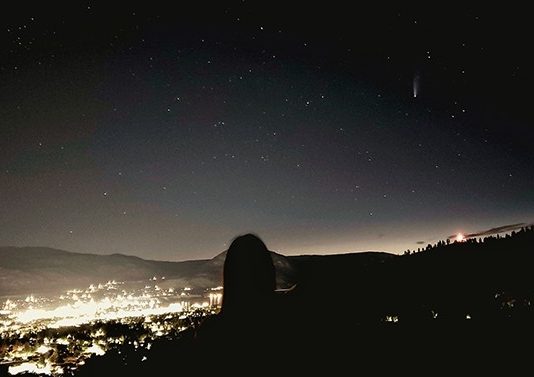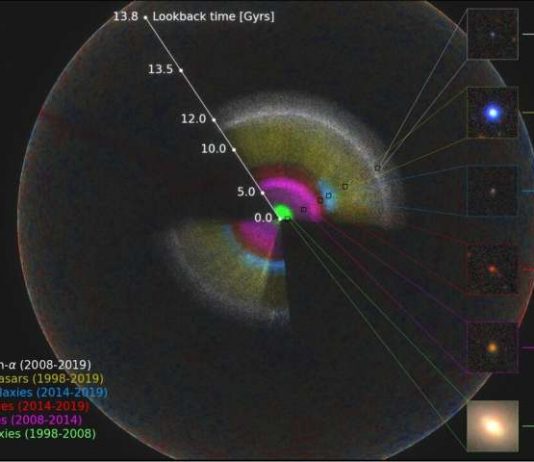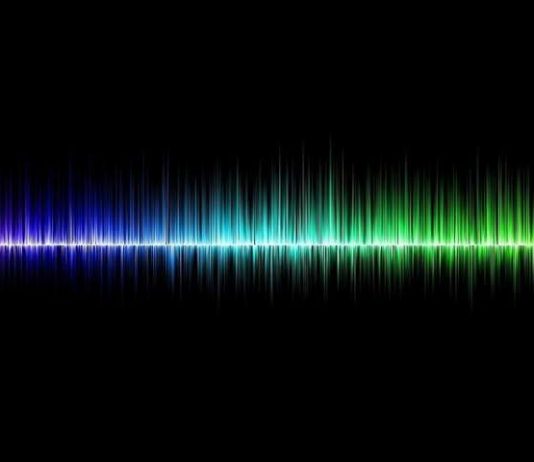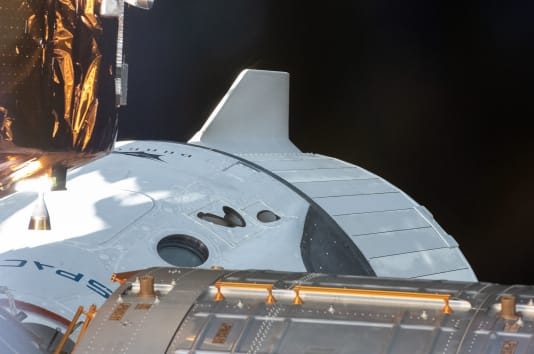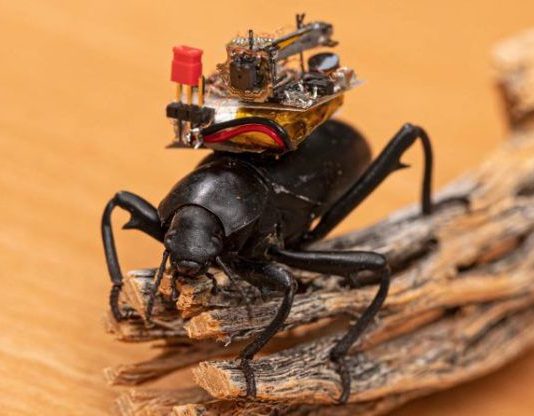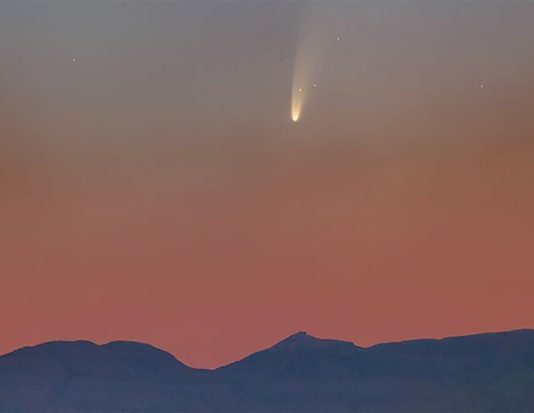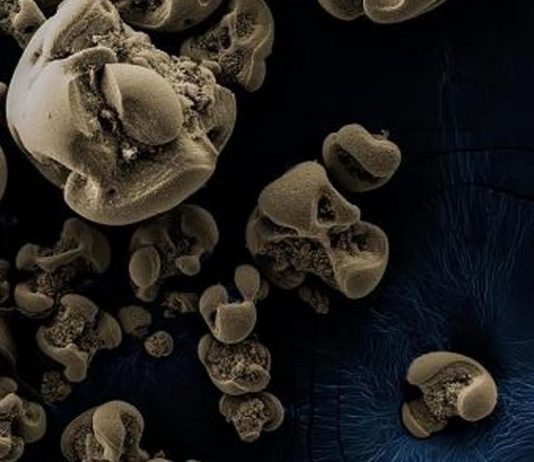Scientists on Monday published the largest-ever 3D map of the universe, the result of an analysis of more than four million galaxies and ultra-bright, energy-packed quasars.
“We know both the ancient history of the Universe and its recent expansion history fairly well, but there’s a troublesome gap in the middle...
This week’s night sky has comets, meteors and planets lining up for night sky viewing in the Thompson-Okanagan.
From Sunday, June 19 through the rest of this week, five planets will be visible in the night sky with the naked eye.
Forbes.com says Mercury and Venus will be most visible in...
Many exoplanets known today are 'super-Earths', with a radius 1.3 times that of Earth, and 'mini-Neptunes', with 2.4 Earth radii. Mini-Neptunes, which are less dense, were long thought to be gas planets, made up of hydrogen and helium.
Now, scientists at the Laboratoire d'Astrophysique de Marseille (CNRS/Aix-Marseille Université/Cnes)1 have examined...
The Sloan Digital Sky Survey (SDSS) released today a comprehensive analysis of the largest three-dimensional map of the Universe ever created, filling in the most significant gaps in our possible exploration of its history.
“We know both the ancient history of the Universe and its recent expansion history fairly well,...
In a breakthrough experiment, physicist and engineers have shown that it is possible to limit the movement of sound to a single direction without interruption even when there are deformations along the pathway. The findings pave the way for technologies with more robust sound wave integrity and advances in...
A northern Ontario photography enthusiast captured two celestial events, aurora borealis and Comet NEOWISE, in one breathtaking time-lapse video.
Christina Emond has been capturing nature and wildlife in northeastern Ontario for more than four years as a hobby.
This week, she set up her Canon Rebel T7 camera with an 18...
The joint SpaceX-NASA historic mission which brought human spaceflight back to U.S. soil after nearly a decade is set to return from Earth orbit on August 1, 2020, per NASA Administrator Jim Bridenstine’s announcement Friday afternoon. Capsule splashdown is scheduled for August 2nd.
The mission’s return will mark a long-duration...
It’s a good day to be a tech-loving beetle, as researchers at the University of Washington (UW) have developed a tiny, wireless camera that can be mounted on top of live insects such as beetles and robots of similar size.
The camera can stream video to a smartphone at 1...
Comet NEOWISE, which has amazed early morning risers the last couple of weeks, is now a beautiful sight in the evening sky, especially with binoculars.
There are dozens of comets gracing the night sky every year that are tracked by amateur astronomers. Most require a telescope and never rise to...
Researchers have discovered a type of bacteria that eats and gets its calories from metal, after suspecting they exist for more than a hundred years but never proving it.
The bacteria have reportedly been suspected to exist for over a century but has not been proved.
The tiny microbes were discovered...




















